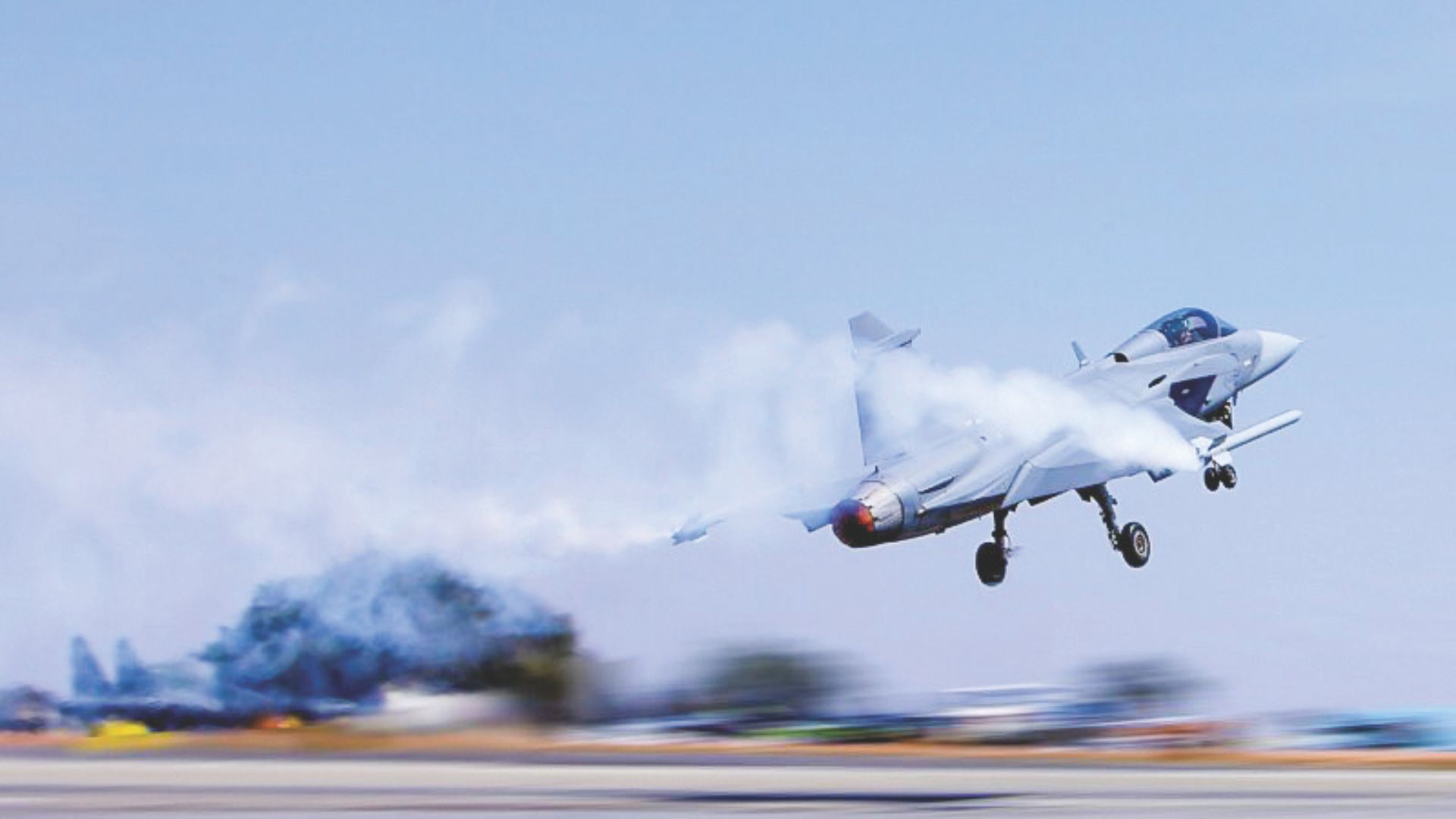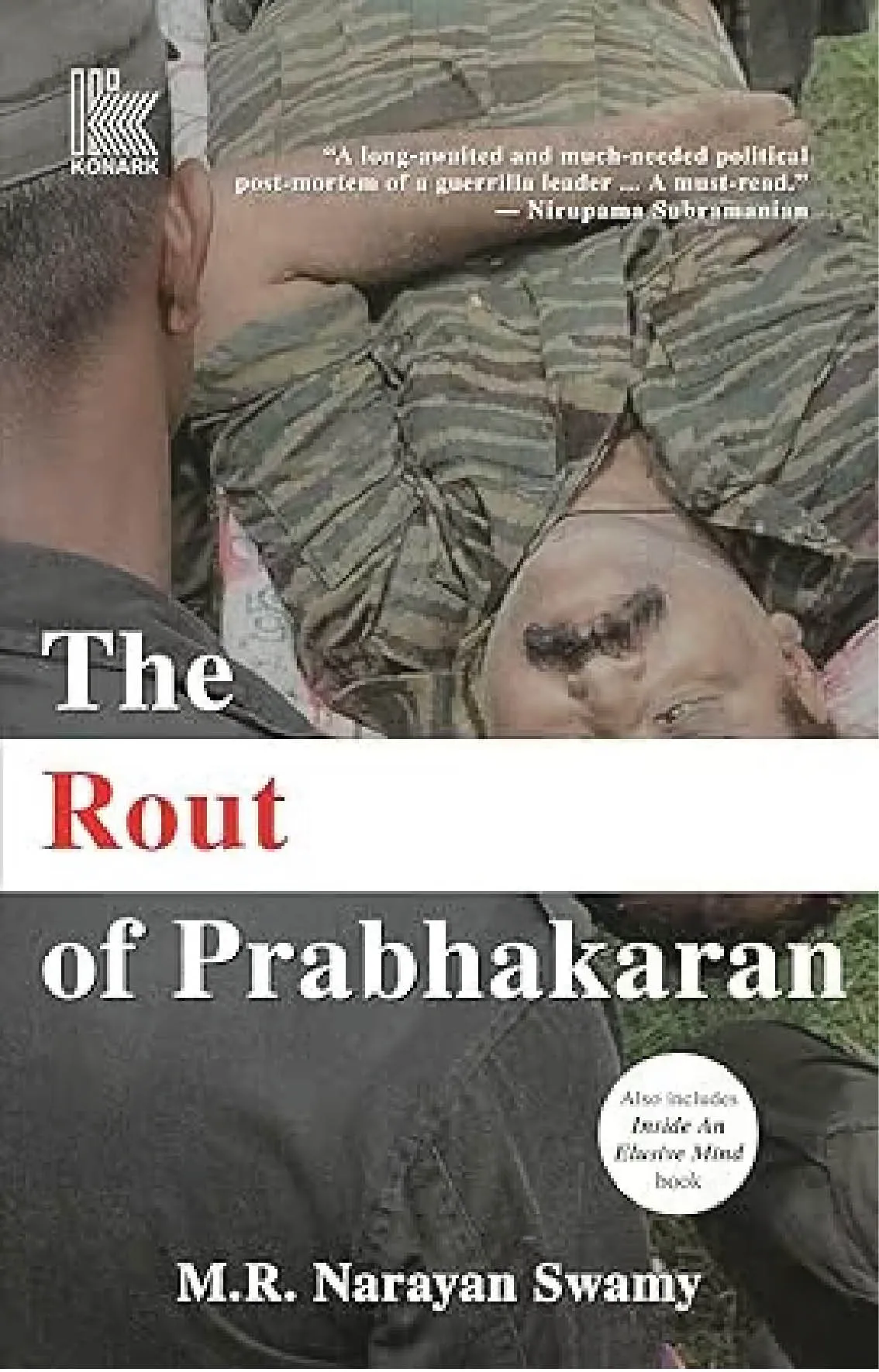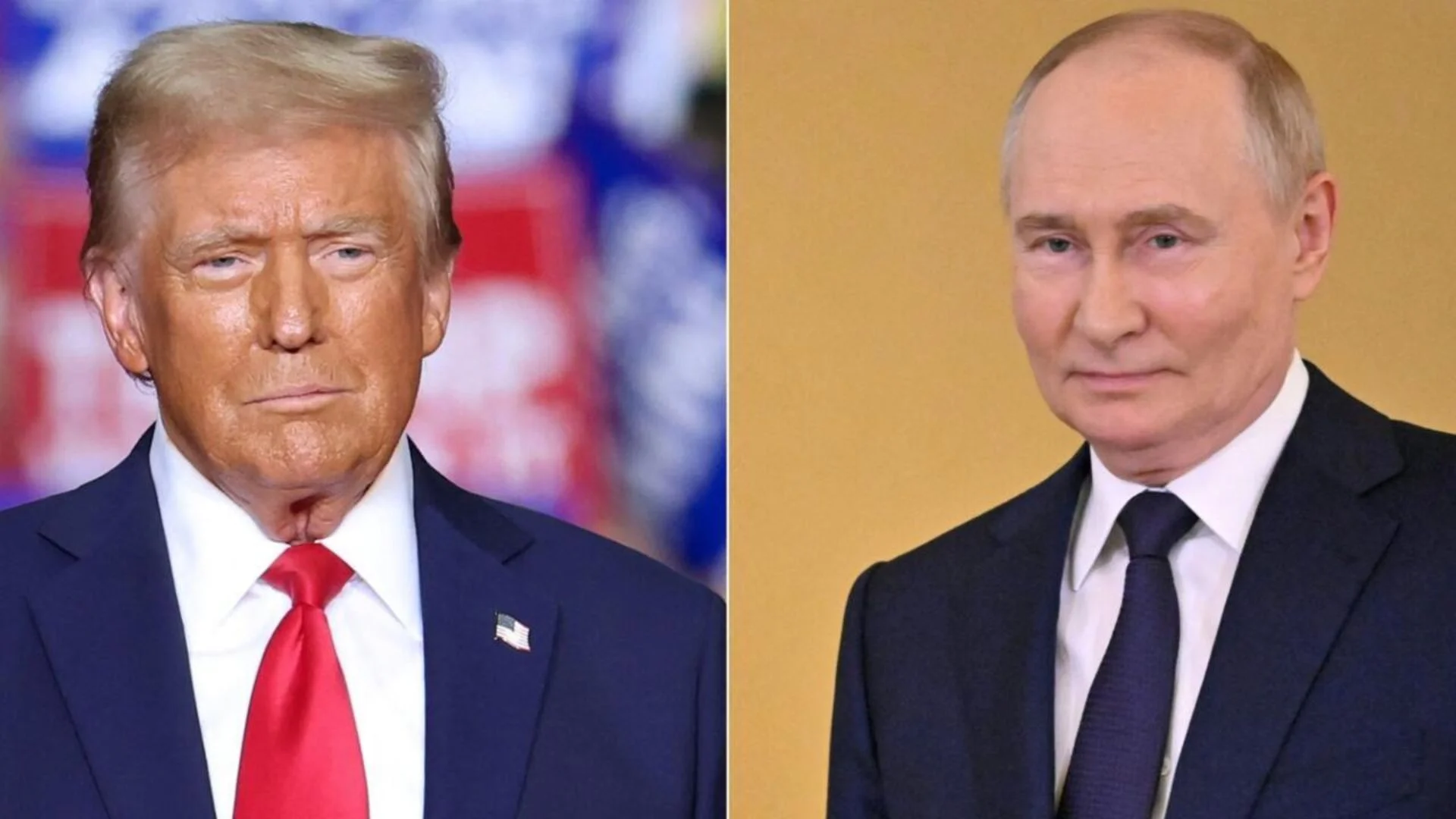Indian Air Force celebrates its 92nd anniversary on 8th October. the IAF was formed on 8 October 1932 as an auxiliary air force of the British Empire. On 1 April 1933, the IAF commissioned its first squadron, No.1 Squadron, with four Westland Wapiti biplanes, five Indian pilots, and 19 airmen.
Since then, the 92-year glorious journey of the Indian Air Force has witnessed great success in the independence era including spectacular and magnificent performances in all wars fought against Pakistan and China. The Air Force has transformed itself into a most versatile efficient and competent air power all over the world. The IAF is undergoing a massive transformation as a part of a theaterization process of the Indian armed forces. The IAF has to gear up to meet the challenges of the changing global scenario, including the essential need for air dominance in modern warfare as well as futuristic challenges of Cyber, AI, and space warfare. Hence the present doctrine of the Indian Air Force has to be redefined to translate the air force from just an air defence arm of the Indian military to a complex and composite aero-space force. In addition to the growing challenges of the explosion of Technology in Modern Warfare, the Indian Air Force has to maintain pace with the growing military power of adjoining nuclear power-equipped Pakistan and China. The Air Force has to take up the challenges of safeguarding India›s interest in the reason of Indian Ocean, the east and west coasts of the Indian peninsula, the Andaman Nicobar as well as in Asia Pacific reason.
Undoubtedly the present infrastructure including manpower number of fighting Squadron, transport, and quality of aircraft ,surveillance devices, space dominating radar systems needs to be upgraded to the level of futuristic challenges as envisaged by 2050.
The Chinese People›s Liberation Army has already drafted its plan and doctrine to upgrade its armed forces by 2050 as the world›s largest and most powerful military
Surpassing the US armed forces.
Modern warfare operability evolve over the capability to have quick interception, mobilization, and air dominance to safeguard the movements of surface and naval forces. The Ukraine-Russia conflict and the recently ongoing war in the Middle East have highlighted the significance and strength of airpower, ballistic missiles, and above all, a very robust and versatile 360-degree air defence system to neutralize missiles, drones, and actions of Fighter Aircraft. Navigation systems based on space satellites and hypersonic missiles and futuristic fighter planes based on re-entry technology will require a system to develop not only dominance but absolute control over the space assets not only for military purpose but to secure navigation and other cyber operated civil systems including banking ,aviation ,transportation ,health as well as monitoring of complete spectrum life where internet-based communication and connectivity are essential for day-to-day activities.
Hence Indian armed forces must be redesigned, rebuilt, and adopt the emerging challenges of futuristic Warfare.
To achieve the desired goal of a competence and efficient cutting-edge Air Force by 2050, the IAF faces multiple tasks and challenges. The first and foremost task is to replace not only old fighter planes, combat helicopters, radar, and navigation systems, but also the transport fleet and infrastructure for maintaining and repairing existing equipments. IAF has to be equipped with multi layer air defence system like Iron Dome of Israel and Terminal High Altitude Area Defence System (THAAD) of US to cover short- and intermediate-range missile threats.
The present command, control, communication networks, Intelligence, and interoperability have to be redefined for effective control , seamless operations, and integration with other arms of the Indian armed forces.
The third challenge is to plan and acquire the latest technology in all spheres of inventory while keeping an eye on the futuristic advancement in this field in the coming 30 years.
The existing strength of 31 fighter squadrons is highly inadequate to meet the challenges even today and considering the present scenario and futuristic role of Indian armed forces in South East Asia and the Indian Ocean region, there is a need for at least 48 squadrons immediately which may increase substantially up to 65 or more in coming decades or so. The Aerospace arm of the Air Force has to be developed for which a massive infrastructure, types of equipment, and technology will be essentially required.
The present plan of modernization and reorganizing air force to have 42 fighter squadron by 2035 will transformed IAF as a strong deterrent force having capacity to hold 4.5 generation technology .Where as it is presumed that 6 generation or much more advanced stealth technology of hypersonic aircraft and weapons having capability to fly at speed greater than Mach 10 will be available by the year 2050 .Hence constant upgradation and fund allocation has to be an essential process.
Therefore a massive churn out is expected and the need of the hour.
If we consider the probable depth of next-generation Technology for Aerospace, India has to be equipped with multi-domain integration of the entire digital ecosystem to integrate its framework of land air cyber, and space arena. Next-generation weaponry mainly engages with direct energy weapons and we have to develop a system to acquire such capabilities as well as to counter any probable attack by using direct energy weapons. Robotics and artificial intelligence in the tune of robotic soldiers, unmanned fighter planes, transport systems, Drone systems, and advanced hypersonic missiles and aircraft will definitely on the task to acquire. Massive and advanced development is expected in the hypersonic glide vehicle technology to successfully handle the re-entry phase. Modern equipment and technology have to be evaluated, adopted, and validated under simulating real environment in a laboratory setup. At the same time training simulators to handle such advanced space missiles and other lethal systems need to have a very advanced training establishment.
However such massive and complete transformation require a time frame and in a phase manner so as to maintain the continuity without shaking or inducing tremors in the functionary of the forces. The modernization cannot be restricted stand alone for Air Force ,undoubtedly Army and Navy too be upgraded and attain the identical and ideal status at par with the armed forces in the surroundings. The financial allocation and perspective planning is the greatest challenge for the government. To raise a new squadron including aircrafts, missiles, maintenance services, man power and ancillary infrastructure is expected to be not less than 3.5 billion US dollars. The government has to consider resource allocation as well as adaptation to future threats.
Considering huge cost involved in acquiring the latest Ultra-modern technology, country has to be self-reliant including research, development, innovation, indigenization and finally production. Hence all available research elements like DRDO, IIT, metallurgy ,HAL ,IT,AI and others has to develop joint civil military ventures and co-production . Aerospace power require highly skilled trained personal both in terms of military as well as professional qualities of leadership. Therefore, constant upgradation and induction of human resources is of utmost significance.
Major General J.K.S. Parihar, Sena Medal , Bar to Vishisht Seva Medal (Retd.) Former Additional Director General, AFMS and Expert on Defence and International Strategic Affairs





















